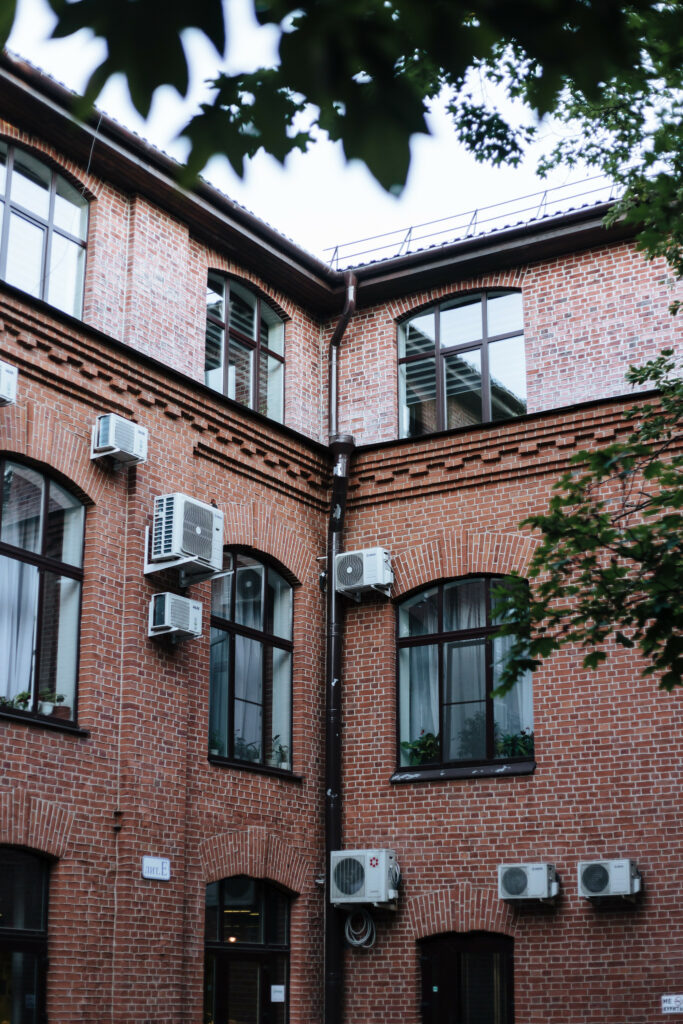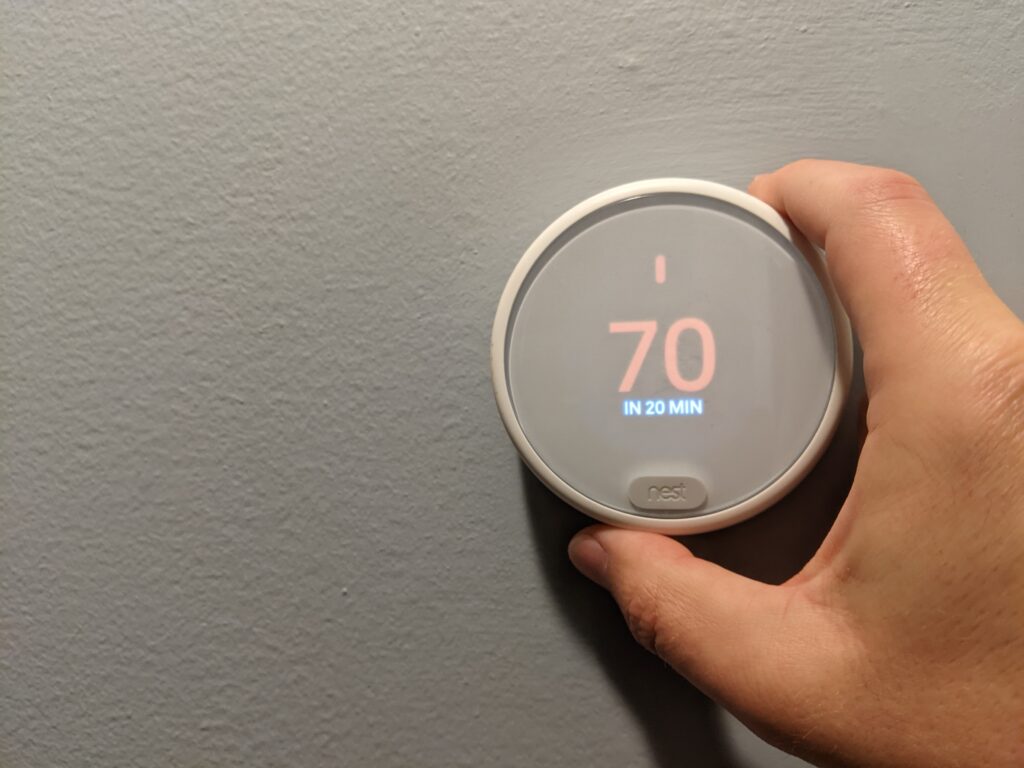What is HVAC?
People throw around abbreviations and acronyms when it comes to homeownership. HOA, ARB, and PMI crop up fairly often. (For the record, Home Owners Association, Architectural Review Board, and Private Mortgage Insurance) But HVAC can get confusing because it’s used in many different situations. Let’s clear the air (you’ll get that joke in a minute) and set some definitions around HVAC.

HVAC stands for Heating, Ventilation, and Air Conditioning. It’s everything to do with the air flow in your home. Confusion tends to occur when someone is speaking about a specific part of the HVAC system. Since that’s the case, let’s lay out all the different parts.
Two Configurations
Before we get into the definitions, we’ll need to know the two different possible setups for HVAC systems: Package Units and Split Systems. Both are shown above. Which do you have? And how do you tell the difference? It’s pretty simple.
Look at your outside unit. If it’s the smaller “standard” unit most people think of when they say “AC Unit,” then it’s a split system. (The one on the right in the picture)
If it’s a significantly larger unit and the exhaust fan doesn’t take up the entire top area, it’s a package unit. The other giveaway is a package unit has metal flashing that connects directly to your home.
The difference is, a split system will have the air handler (sometimes referred to as the furnace) system somewhere else in your home. The attic is the most likely candidate. A package system has both systems combined into the single exterior unit – they’re packaged together.
For simplicity’s sake, we’ll discuss the components in terms of the split system. Just remember, if you have a package system, all of this is outside.
Air Handler
The air handler contains the majority of the operating components in your HVAC system. This is the interior unit. Below, we’ll follow the air flow from intake to ductwork through the components.
- Filter – as the air is pulled from your home, it first passes through an air filter. This is different than the ones you change every few months. (You do change those filters regularly, right?) Instead, this is a major filter that all the air passes through before it reaches the blower.
- Blower – the primary fan that moves air through the system and back into your home.
- Evaporating Coil – a triangular component made up of thin metal fins and pipes. This piece absorbs the heat from your home’s air and produces the cooling effect.
- Heat Exchanger – Similar to the Evaporating Coil, the heat exchanger is a series of metal pipes that heat up. When your home’s air moves past, it warms up, producing heat for your home.
- Supply Duct – The last piece of the journey, this redirects the air throughout your home to your register vents in the floor or ceiling.
But what about that exterior unit?
Coolant, Compressor, and Condenser Coil
If you’ve heard the term Freon, R-22, or 410A, they’re all referring to various coolants in your HVAC system. They all do the same thing: carry heat.
The evaporator coil, mentioned above, pulls heat out of the air. These coolants absorb that heat and carry it to the outside unit. That’s where the last two pieces of our puzzle live: the compressor and condenser coil.
Without getting too deep in thermodynamics, they work in tandem to remove the heat from the coolant. Then, an exterior fan blows the hot air away so the coolant can go back and absorb more heat from the evaporator coil.
Basic Anatomy of Your HVAC System
Those are the basics of your HVAC system. It can seem confusing at first, but taking each part on its own, you can remove some of the mystery and understand more about your home.






Leave a Reply